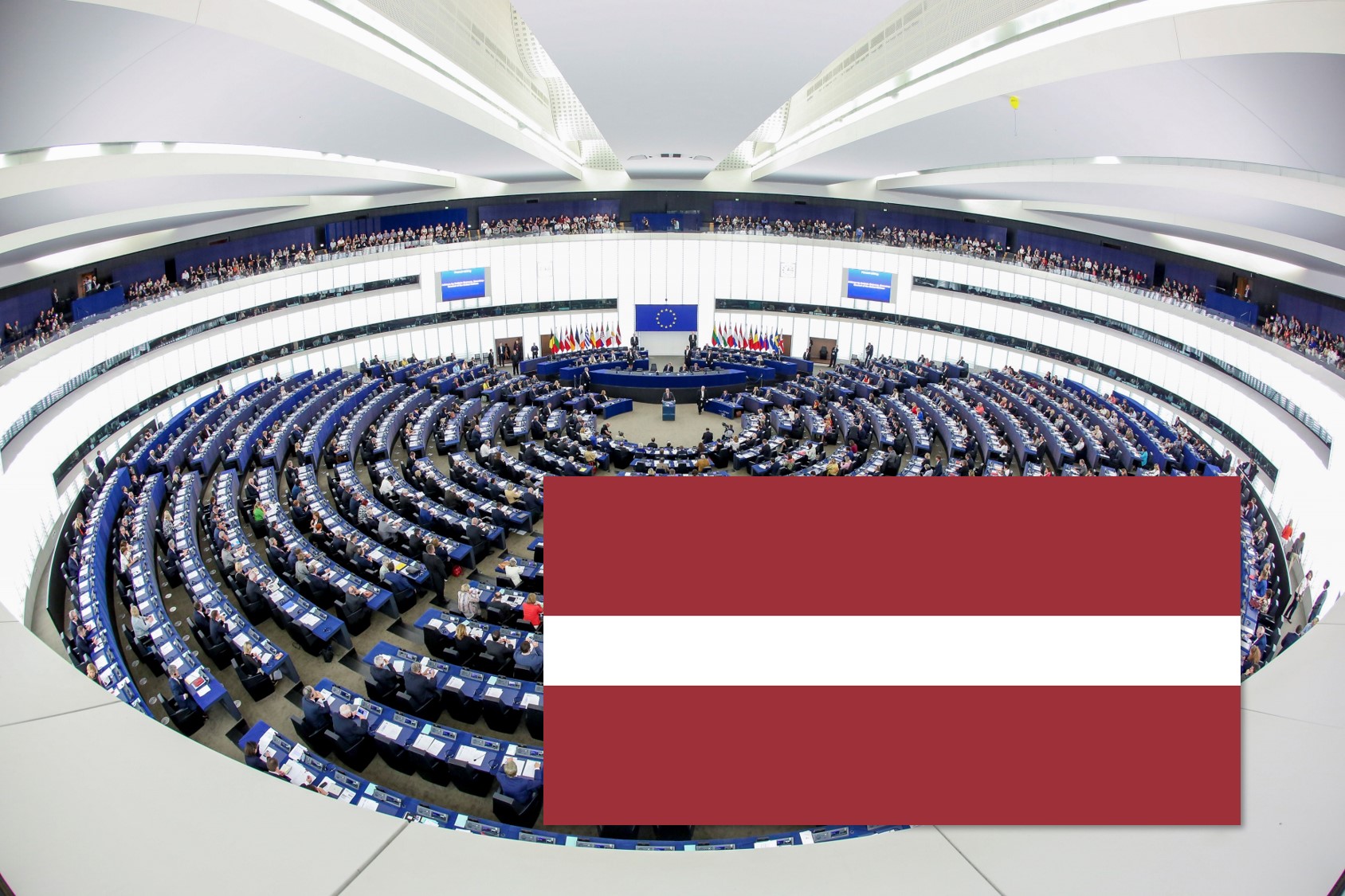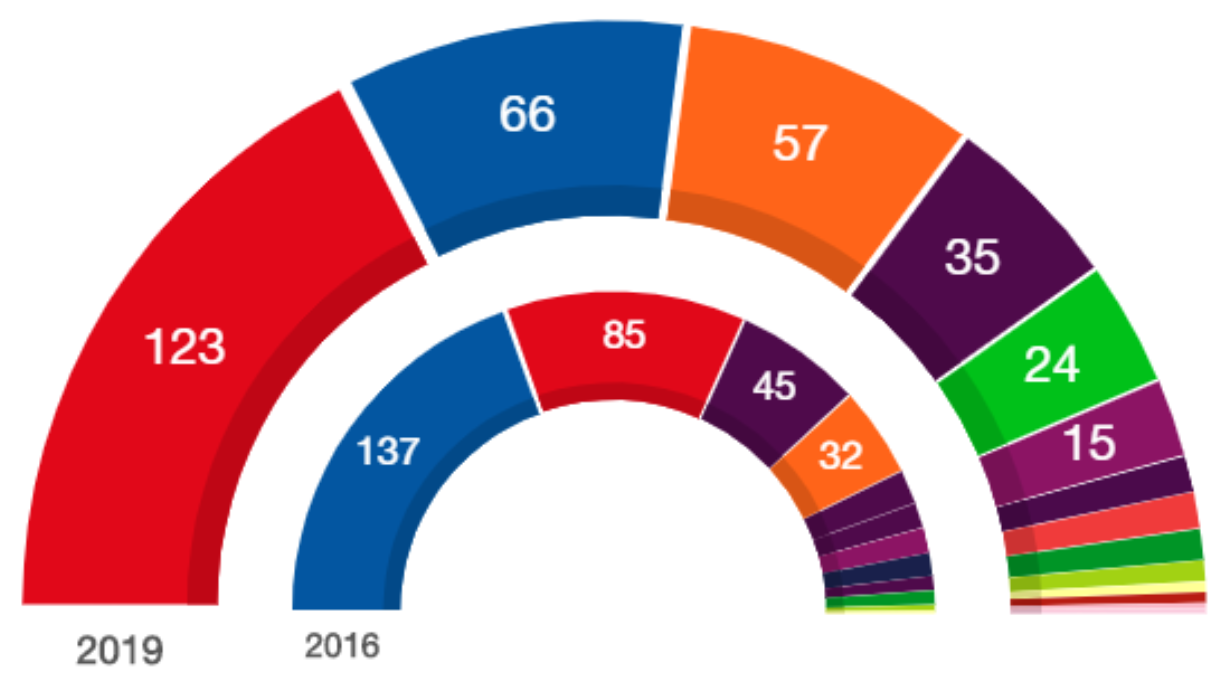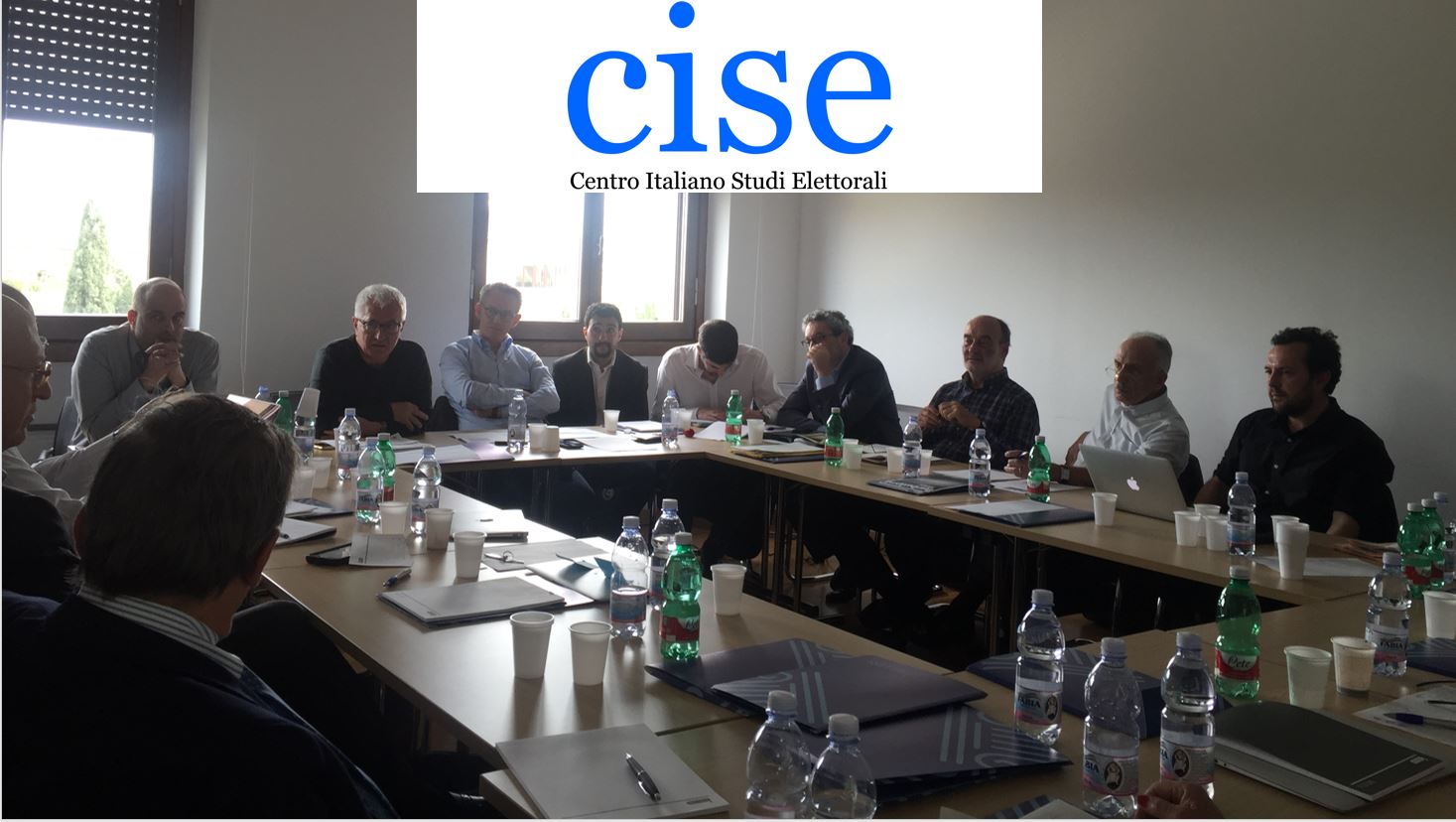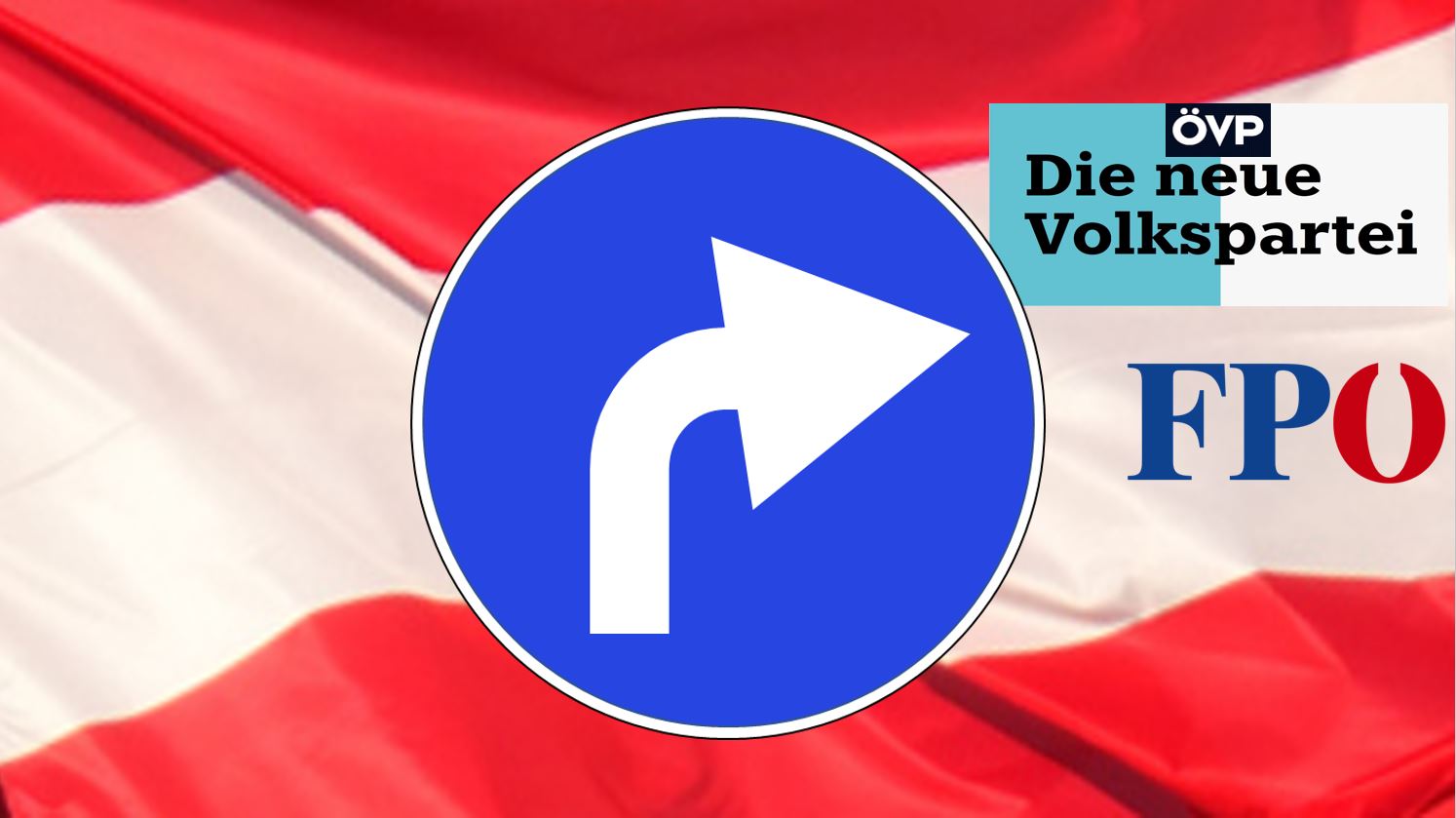International
-

France: Setting the stage for 2022
The election of the European Parliament took place in metropolitan France…
-

Latvia: EUropean expertise matters
Latvia was one of the few EU countries that went to…
-

Salvini’s hattrick: numerical, geographical, strategic victory; the comeback of the PD; the decline of the 5 stars; and Meloni’s surprise
A triple victory for Salvini: numerical (he becomes the center of…
-

A major party and four median parties in one Parliament: the Spanish general elections in 2019
Why has Spain elections in 2019? This is the third time…
-

Towards the Spanish general election: the return of ideological polarization
Few days before the general election in Spain, some surprising evidence…
-

Presenting the Spring 2019 CISE Seminar Series
A multidisciplinary seminar series for empirical research on democratic representation The…
-

Joshua A. Tucker’s take on the 2018 midterm elections
During a break of the Inside American Politics Conference at NYU…
-

Introducing the CISE Seminar Series
A multidisciplinary seminar series for empirical research on democratic representation The…
-

The year of challengers? The CISE e-book on issues, public opinion, and elections in 2017
The year of challengers? Issues, public opinion, and elections in Western…
-

2017 Austrian election: A move to the right
The major winners of the 2017 Austrian election held on October…